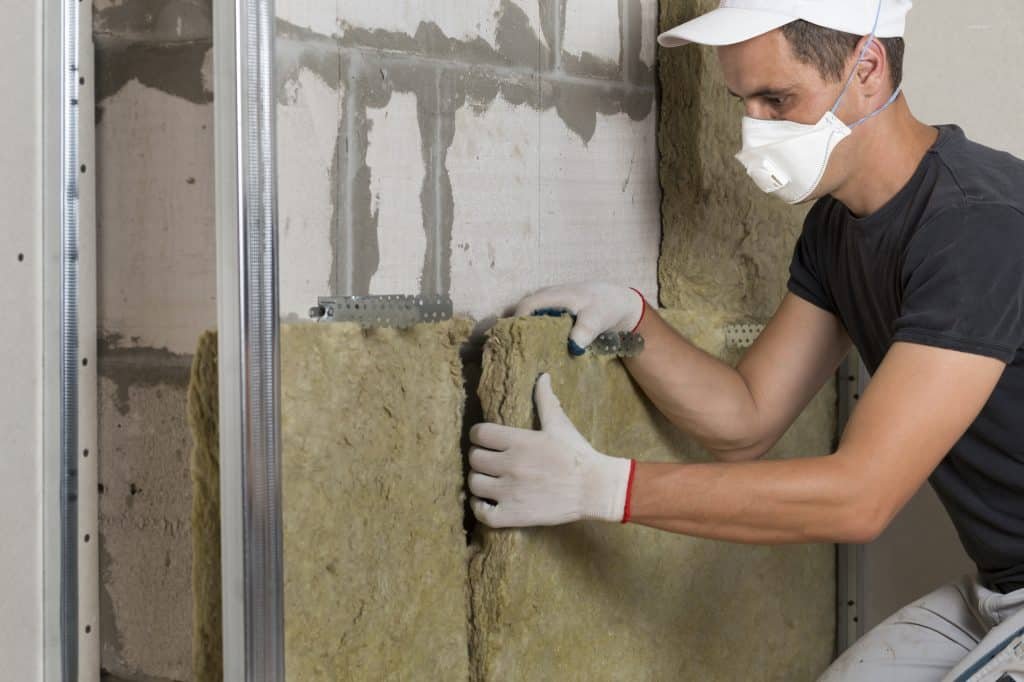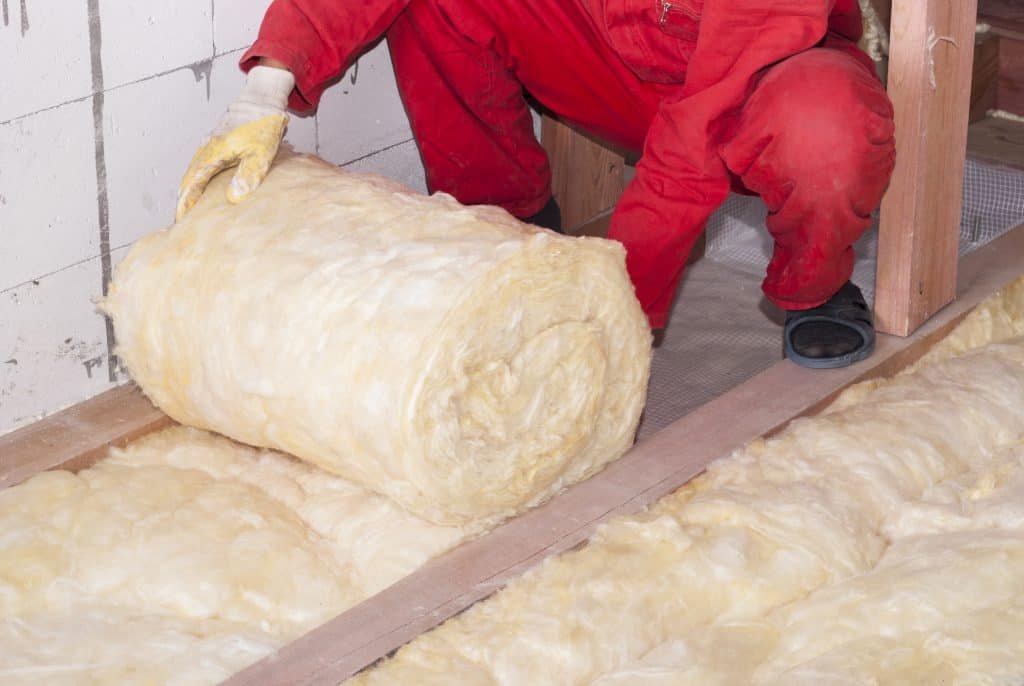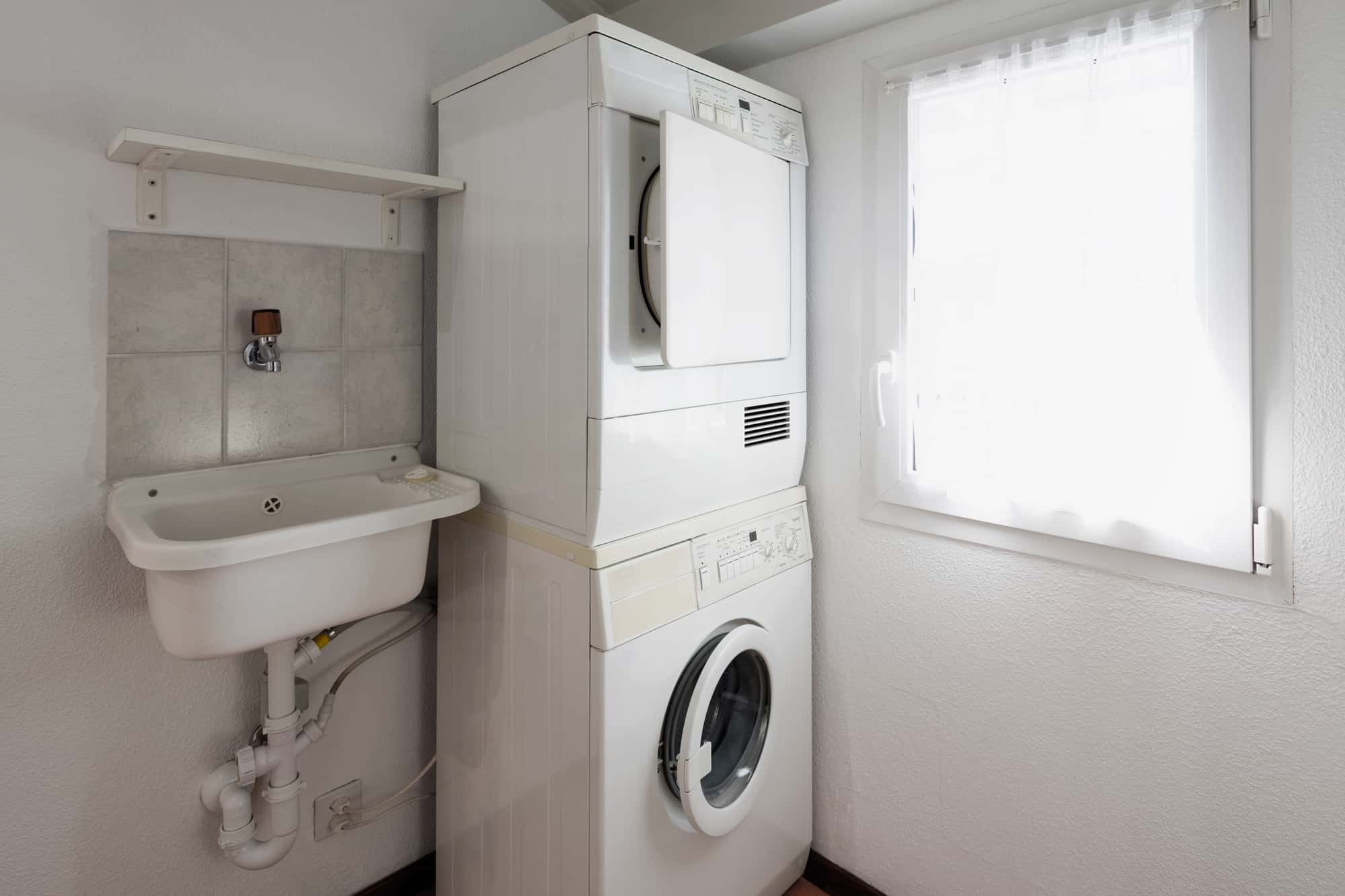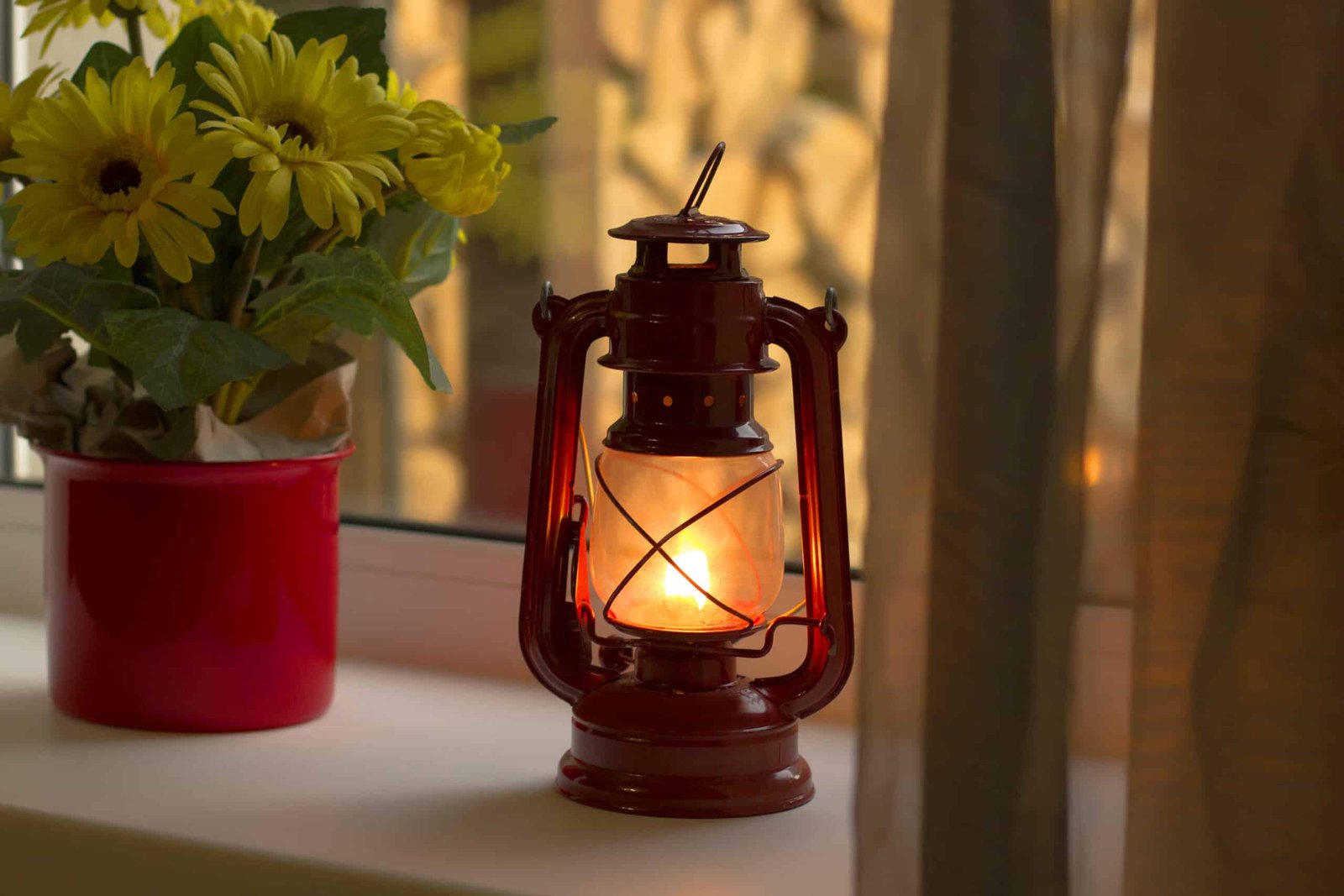If you’re building a new home or are just interested in the construction process, you may be wondering about the process and how everything works, especially insulation.
There are different places you can have insulation in a house, like the interior walls, the exterior walls, and the floors. So which walls do builders insulate?
Builders insulate exterior walls to keep heat in the home, but they don’t insulate interior walls and floors unless they’re between a heated and unheated room. The government also sets minimum insulation requirements that builders must follow.
This article explains whether or not builders insulate interior and exterior walls and why they do or don’t insulate them. Then, we detail when builders insulate between floors. And, we have some videos where you can learn more about insulation in homes.
Do Builders Insulate Interior Walls?
Builders do not insulate interior walls most of the time. There’s no need to insulate interior walls because you’re not trying to keep the heat in one room and the cold from coming in from the other. Moreover, adding unnecessary extra insulation to interior walls adds to costs and wastes labor.
For example, builders won’t insulate a wall between two bedrooms because the temperature of the rooms is going to be the same temperature or only a few degrees different from each other. Thus, there’s no need to insulate the walls because the temperature of one won’t significantly affect the other.
However, builders will insulate interior walls if they’re between a heated and an unheated room. The insulation is necessary for this situation because the unheated room and the heated room will be at different temperatures. The insulation will keep the heat in the one room and the cold out.
For instance, if there’s a wall in your home between your kitchen and your unheated garage, a builder would insulate that wall to prevent the cold from the garage from getting into the kitchen.
Or, maybe you have a basement, but only half is finished, and the other half is left unheated. The builder would insulate the walls between the two parts of the garage. (Source: Illinois.gov: Keep Warm insulation)

Do Builders Insulate External (Garage) Walls?
Builders insulate external walls to keep homes warm and help reduce heating costs. The insulation on the exterior walls keeps the heat inside your home and the cold out.
Without insulation on your exterior walls, the heat wouldn’t stay inside the home as well, and your heating costs would be higher.
Still, not all external walls are insulated. For example, the walls of rooms like the garage or attic space aren’t insulated because they’re not heated. There’s no need for insulation if there’s no heat to keep in the room.
Instead, the builder would insulate any walls between the unheated garage or attic and the heated inside room it is adjacent to. The builders do insulate the exterior basement walls, which are touching the outside ground. (Source: Illinois.gov: Keep Warm insulation)
Another reason that builders have to insulate exterior walls is that laws require them to do so. Some states and local governments have regulations, and each one has its own requirements for insulation, so you should check what yours are and make sure your builders are following these guidelines.
In colder states, states tend to require more insulation. (Source: Oak Ridge National Library: Insulating a New House)
Though builders have requirements to follow when they insulate a home, the insulation tends to be higher than the minimum level. Having more layers of insulation helps to make the home more energy-efficient and saves you money on heating costs, even if the insulation costs more to buy and install.
More insulation can also prevent other issues like leaks and provide structural support for the home. (Source: Department of Energy: Insulation for New Home Construction)
Do Home Builders Insulate Between Floors?
Home builders insulate between floors when one of the rooms is unheated to keep the cold out of the heated room. However, there is no need to insulate the floor between two heated rooms since the two rooms themselves will be insulated enough to maintain temperature.
For example, if you have a room over the garage or an unheated basement below your first floor. The cold from the unheated room will travel through the floor to the heated room, making it colder.
In this situation, the insulation between floors won’t allow the cold to travel into the heated room as easily and can save the homeowner significantly on heating costs. The savings are around 8 percent compared to the cost of heating one room without insulation.
On the other hand, builders won’t insulate between the floors if both rooms are heated, like any bedrooms, bathrooms, living spaces, or kitchens.
The insulation would just be an additional building cost and add time to the home build, so the builders do not do it because the benefits are not high enough. (Source: Illinois.gov: Keep Warm insulation)

Advantages of Insulating Between Floors
There are some advantages to insulating floors no matter which rooms are or aren’t heated. For one, it offers some soundproofing.
For instance, when a living room or dining room is right below a room that tends to be quieter, like a bedroom, insulation in the floor between the rooms can help keep the sound from the louder room from traveling to the quieter room.
Another advantage of insulating floors is separating your heating on different floors. For example, you can keep the heat on the bedroom level low during the day when people are in rooms downstairs, like the kitchen or the living spaces.
Then, at night, you can switch the heat to the bedrooms upstairs and keep the heat off downstairs without losing heat to the colder part of the house. Having this insulation can save money, especially in larger homes. (SF Gate: The Advantages of Insulating Interior Walls)
Crawl Space Insulation
Even though it may seem to make more sense to insulate the floor between a crawl space and your home, it’s actually more common to insulate the crawl space walls.
Insulating the walls of the crawl space is easier and cheaper, and it works as efficiently to keep your home warm as insulating the floor. It also causes fewer issues than insulating the floor, like less moisture and bugs. (Source: HGTV: Crawl Space Insulation: What You Should Know)
If you want to learn more about insulating crawl spaces and why it’s better done in the walls than the ceiling, check out this video from Texas Home Improvement Network:
Home builders insulate walls when they need to keep the heated areas of the home, like the bedrooms, living spaces, and kitchen, separated from the unheated areas of the home, like the garage and attic. Without the insulation, the cost of heating the home would be significantly higher.
Conclusion
Builders insulate both exterior and interior walls and floors for various reasons that are based mostly on regulation and necessity.
For more information, check out this video from the Climate Change States at Home that explains the difference between interior and exterior types of insulation and why exterior insulation is superior:










